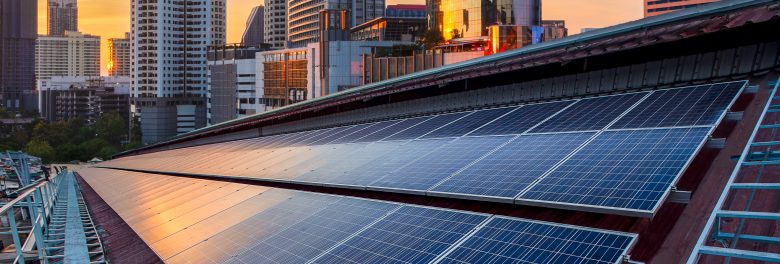
The GLA’s latest Energy Assessment Guidance (June 2022) introduced some new benchmarks that schemes should aim to achieve, and that need to be addressed within all Energy Statements for residential development going forward.
The new benchmarks are as follows:
Energy Use Intensity – Benchmark 35 kWh/m2/year
Energy Use Intensity (EUI) is a measure of the total energy consumed in a building each year, including both regulated and unregulated energy. This benchmark currently sits under the Be Lean section of the Energy Assessment Guidance. However, it doesn’t make sense to calculate EUI at this stage as you would not be taking into account the energy demands from the final strategy. If calculated at the Be Seen stage, it is possible that the EUI benchmark could be achieved from regulated energy demand for typical specifications. When using predicted unregulated energy from SAP it is unlikely that the EUI benchmark will be met. This means greater consideration for unregulated energy use is required.
Space Heating Demand – Benchmark 15 kWh/m2/year
This value has been recommended by the Committee on Climate Change (CCC). Calculations undertaken to date have shown that applying good fabric efficiency measures that are already required through Part L 2021 and London Plan targets has also meant that this benchmark is met on some sites. In other cases, some additional measures may be required to further reduce the space heating demand below the threshold.
50% Residential CO2 reduction
London plan policy still states that a minimum 35% CO2 reduction should be targeted (now over a Part L 2021 baseline). However, the Energy Assessment Guidance sets an additional benchmark for residential development to aim to achieve an on-site 50% CO2 reduction. This will mostly come from the heating system in place. For a heat network, this can be achieved if a network is designed to have low heat losses and a high contribution from heat pumps. Solar PV can also help to contribute to this benchmark, however, with SAP 10.2 carbon emission factors it will not give significant CO2 reductions.
Posted on February 27th, 2023
Author: Eleanor Risby
Related services: Energy Statements, Renewable Energy Feasibility Studies, Planning Policy & Zero Carbon, Energy & Fabric Performance Evaluation, Be Seen Energy Monitoring,